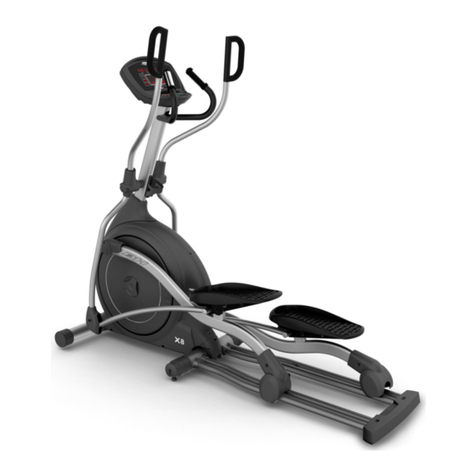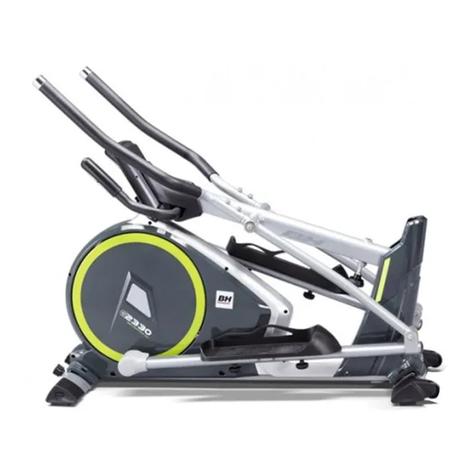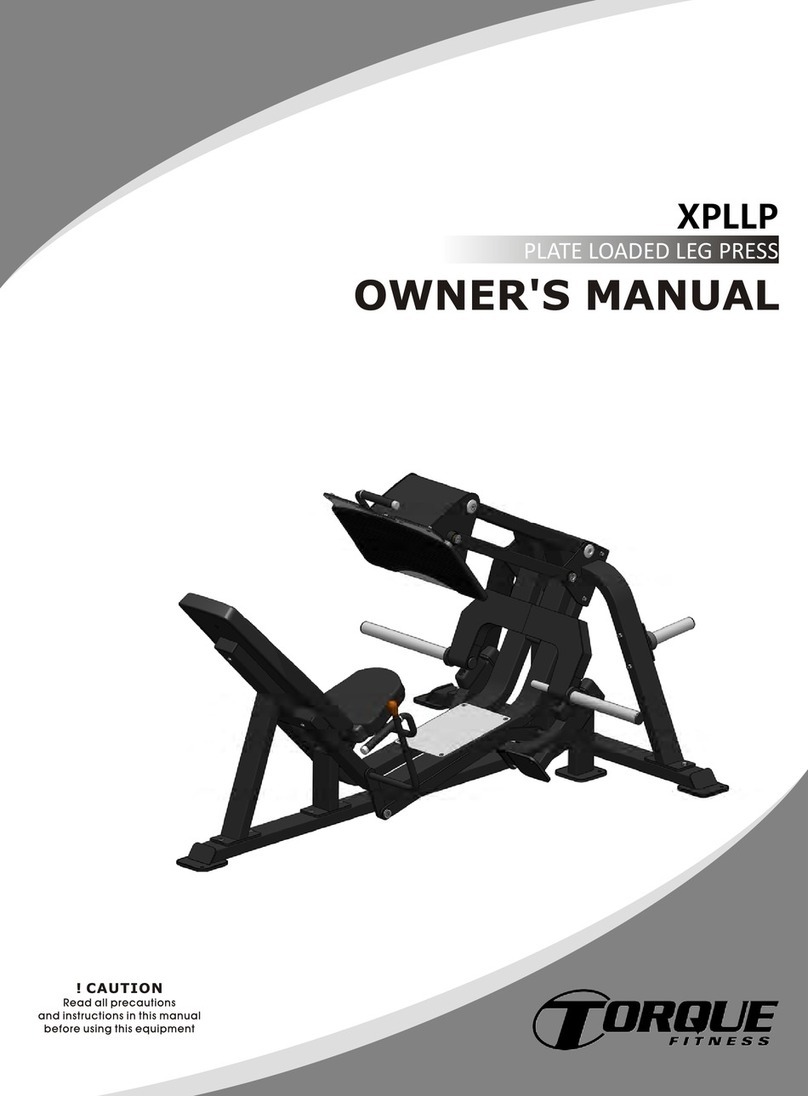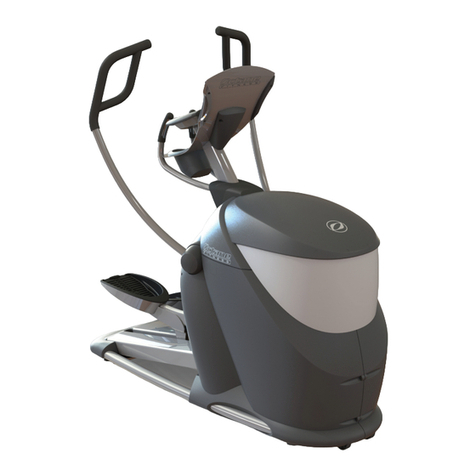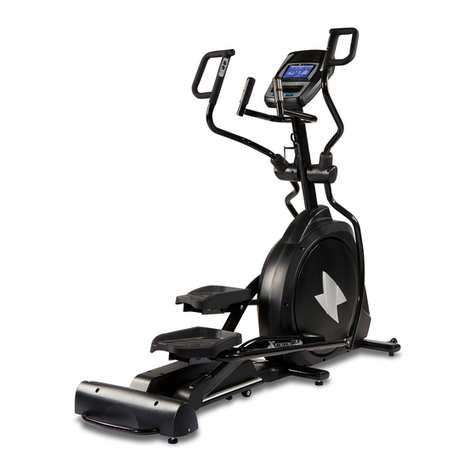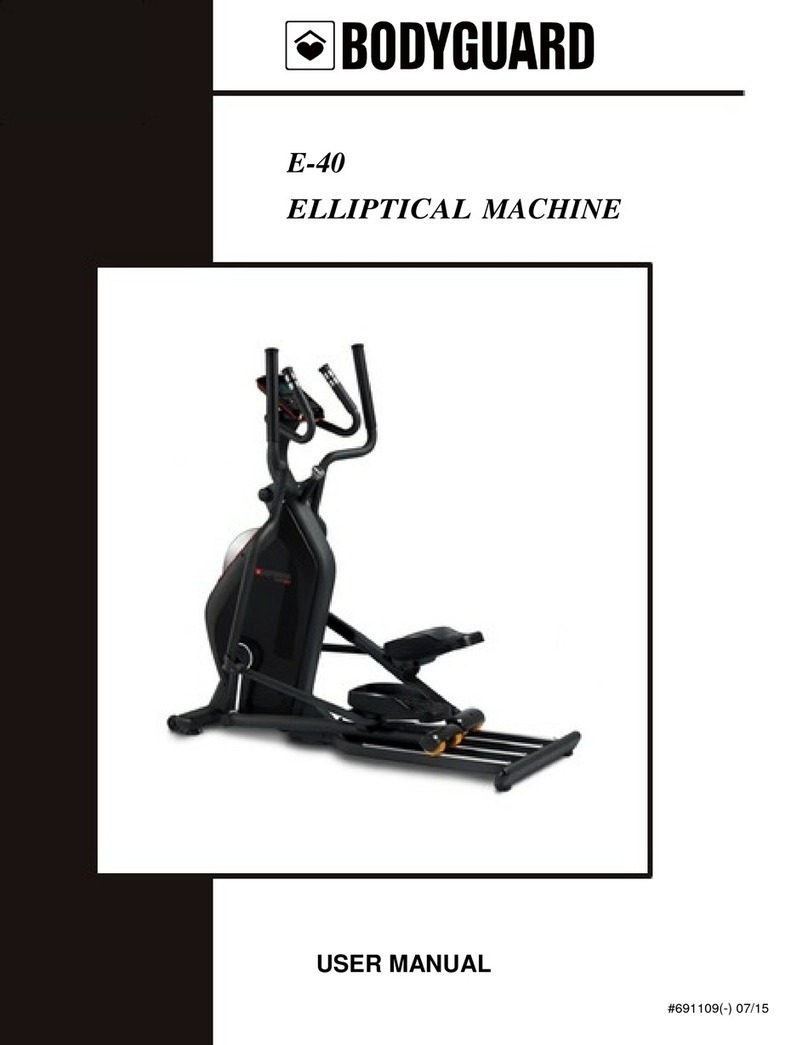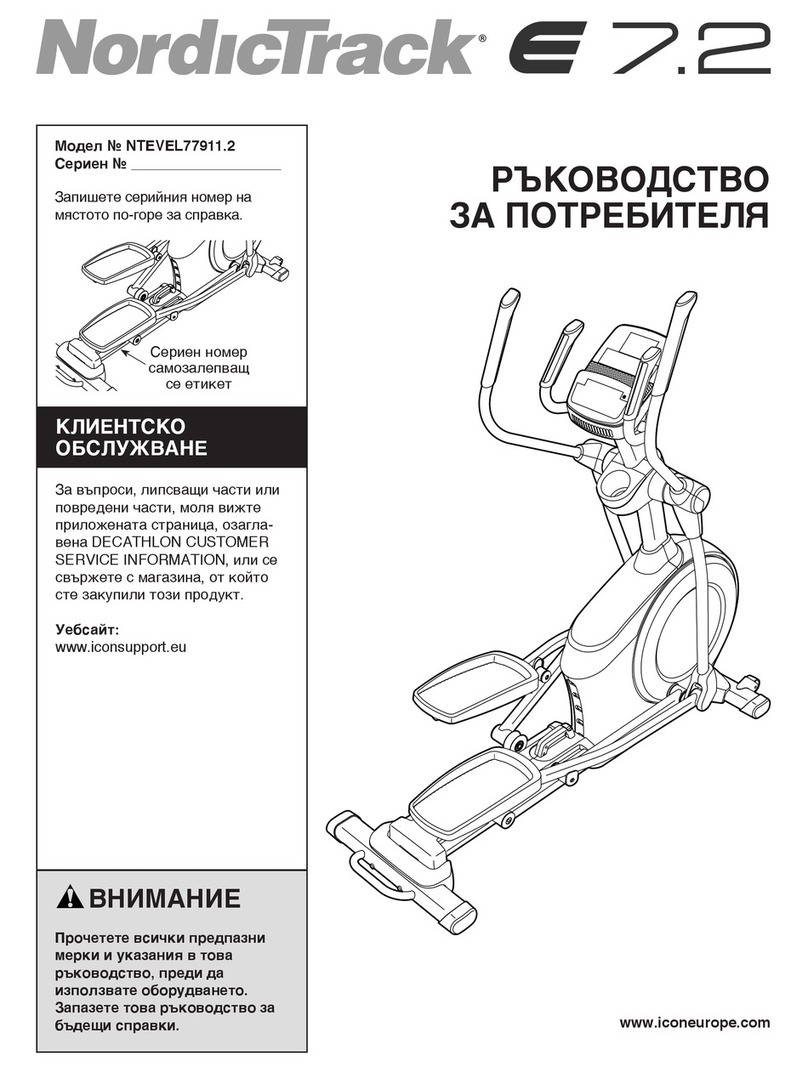BH FITNESS Sprint Elliptical SE4 User manual
Other BH FITNESS Elliptical Trainer manuals
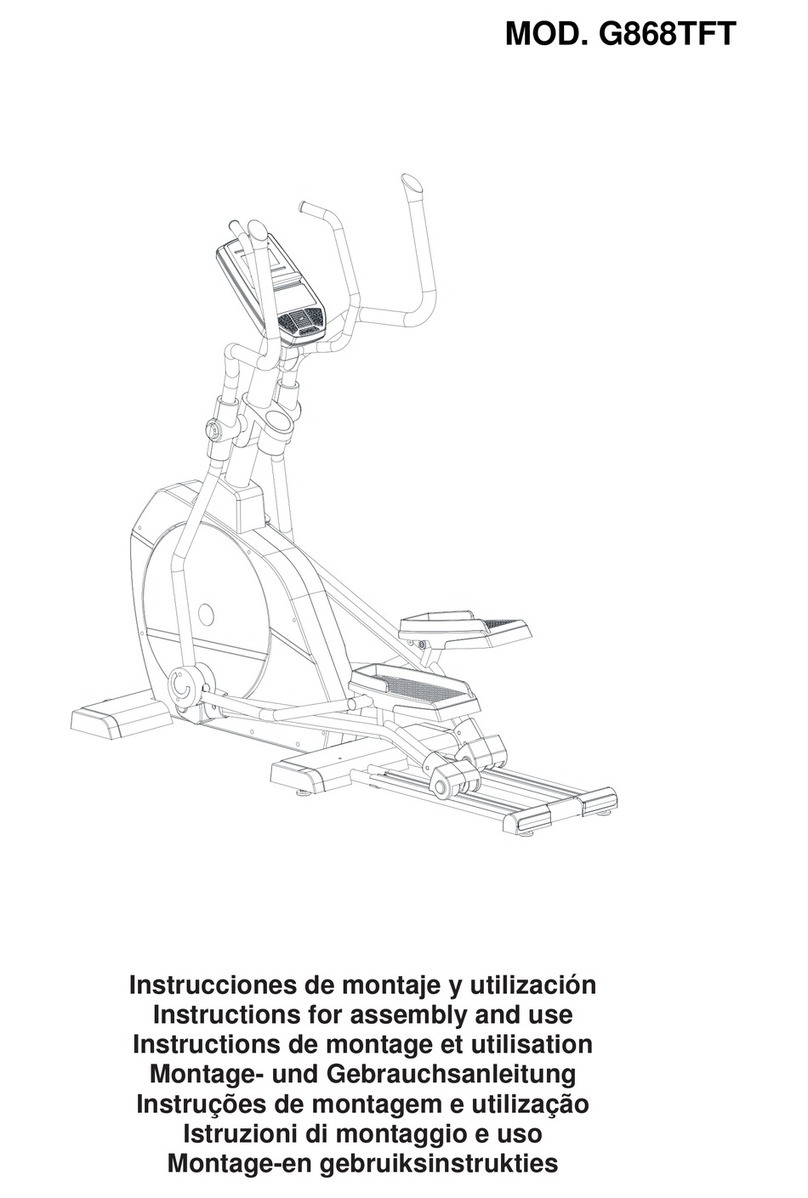
BH FITNESS
BH FITNESS G868TFT Operator's manual

BH FITNESS
BH FITNESS G2336B Operator's manual

BH FITNESS
BH FITNESS LK G815RBM Operator's manual

BH FITNESS
BH FITNESS S5XiB User manual

BH FITNESS
BH FITNESS G930 Operator's manual

BH FITNESS
BH FITNESS X5 ELLIPTICAL User manual
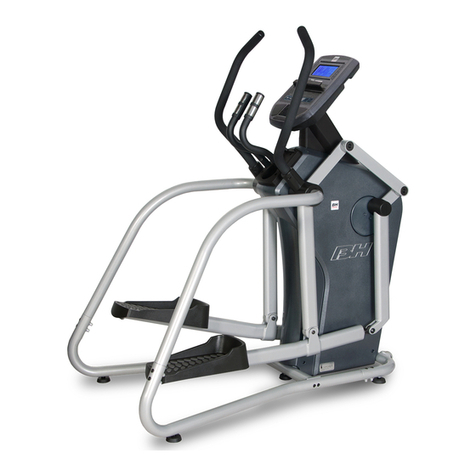
BH FITNESS
BH FITNESS S3XiB User manual

BH FITNESS
BH FITNESS YC1000 Operator's manual

BH FITNESS
BH FITNESS G2381IP Operator's manual

BH FITNESS
BH FITNESS Mycron C180 Operator's manual

BH FITNESS
BH FITNESS G855 Operator's manual
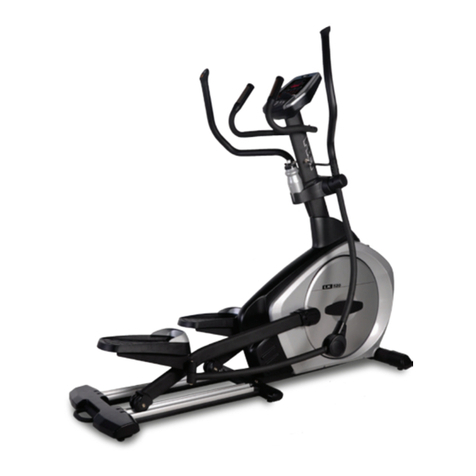
BH FITNESS
BH FITNESS LK520 User manual

BH FITNESS
BH FITNESS G930BM Operator's manual
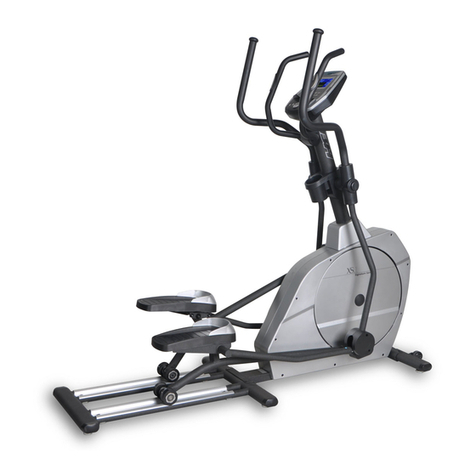
BH FITNESS
BH FITNESS XS1 - User manual

BH FITNESS
BH FITNESS H9176 Operator's manual

BH FITNESS
BH FITNESS G818H Operator's manual
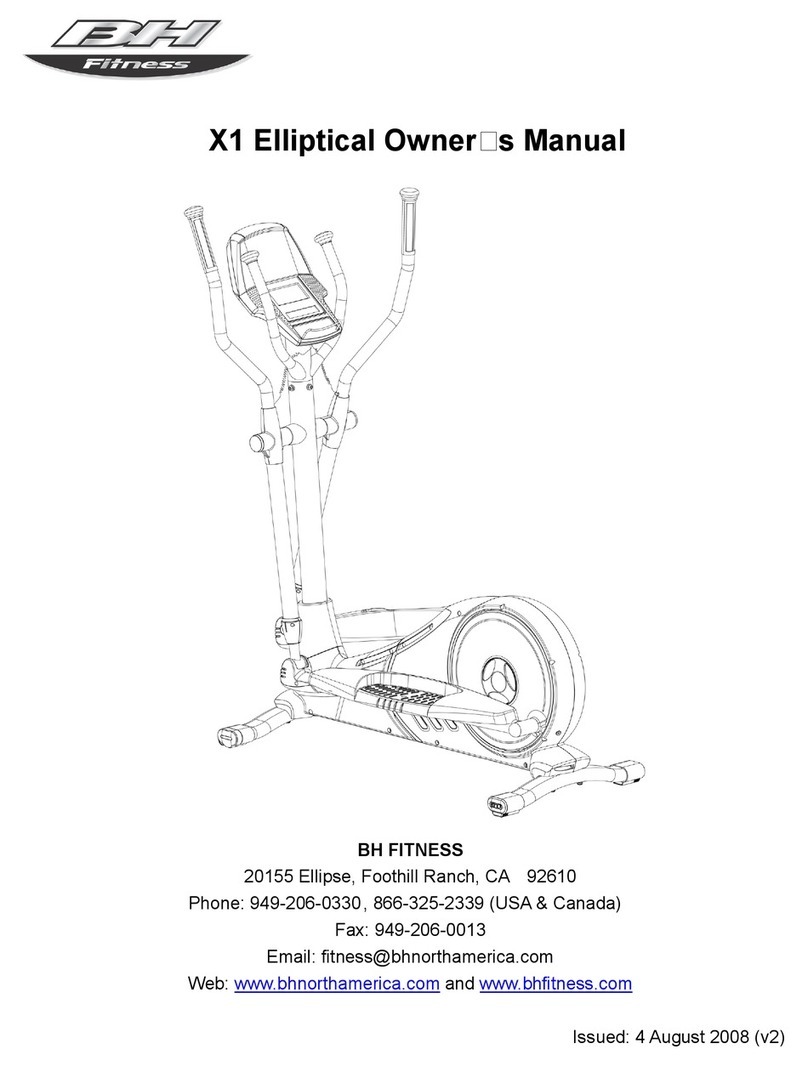
BH FITNESS
BH FITNESS X1 ELLIPTICAL User manual
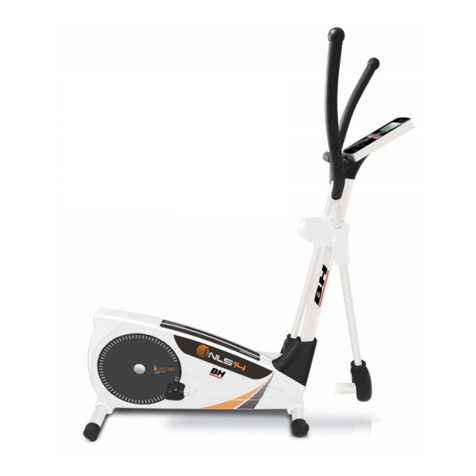
BH FITNESS
BH FITNESS iNLS14 BH Operator's manual
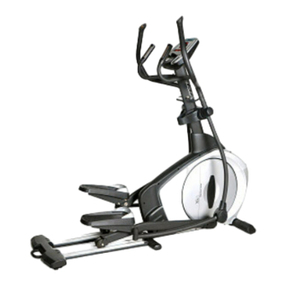
BH FITNESS
BH FITNESS XS5 - User manual

BH FITNESS
BH FITNESS S5XiB User manual
Popular Elliptical Trainer manuals by other brands
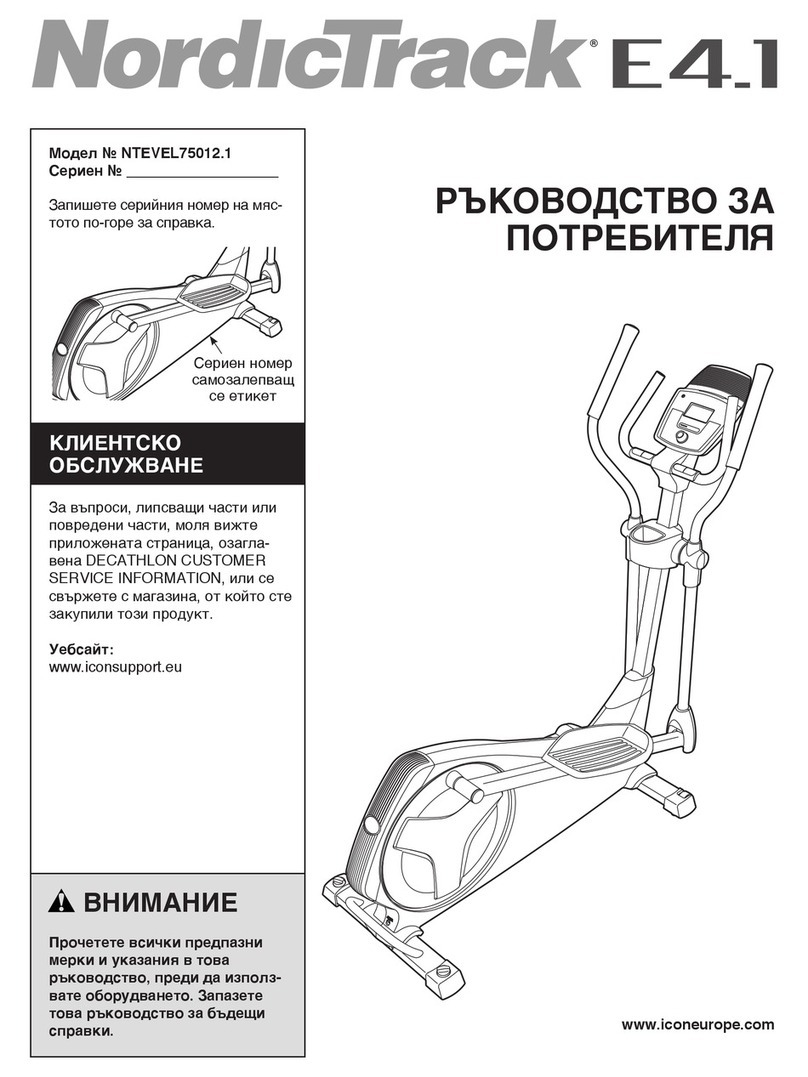
NordicTrack
NordicTrack E4.1 Elliptical null

NordicTrack
NordicTrack E4.1 Elliptical null
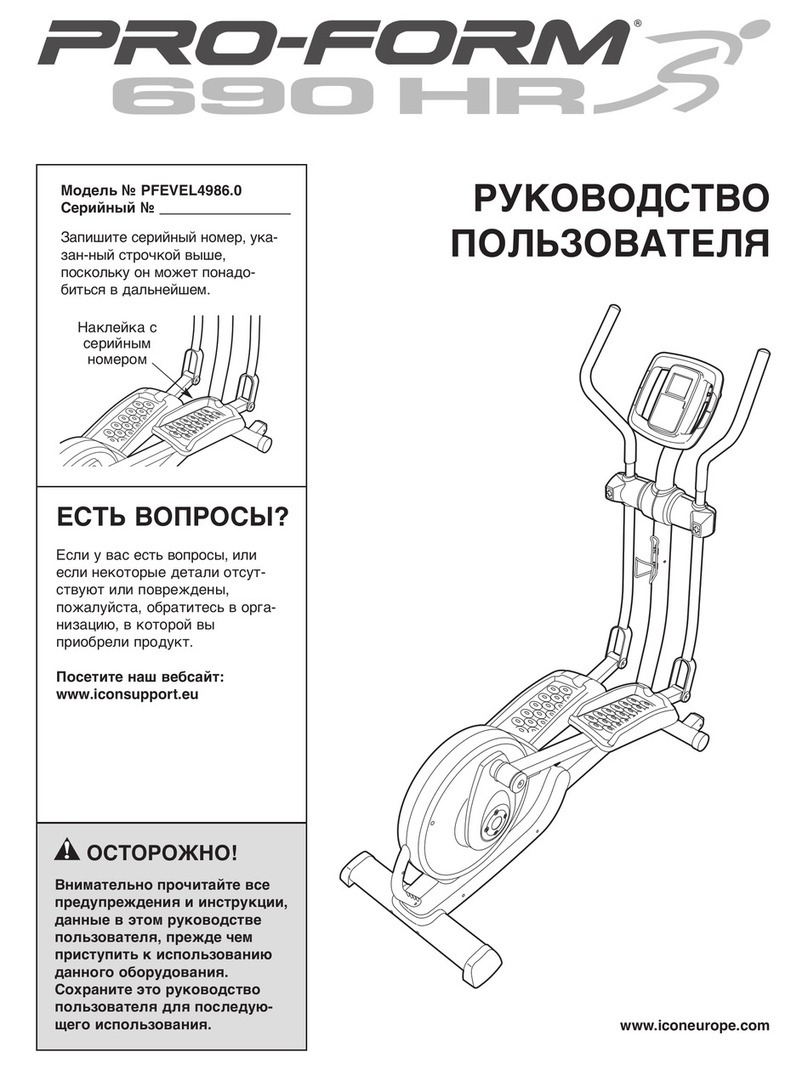
Pro-Form
Pro-Form 690 Hr Elliptical null
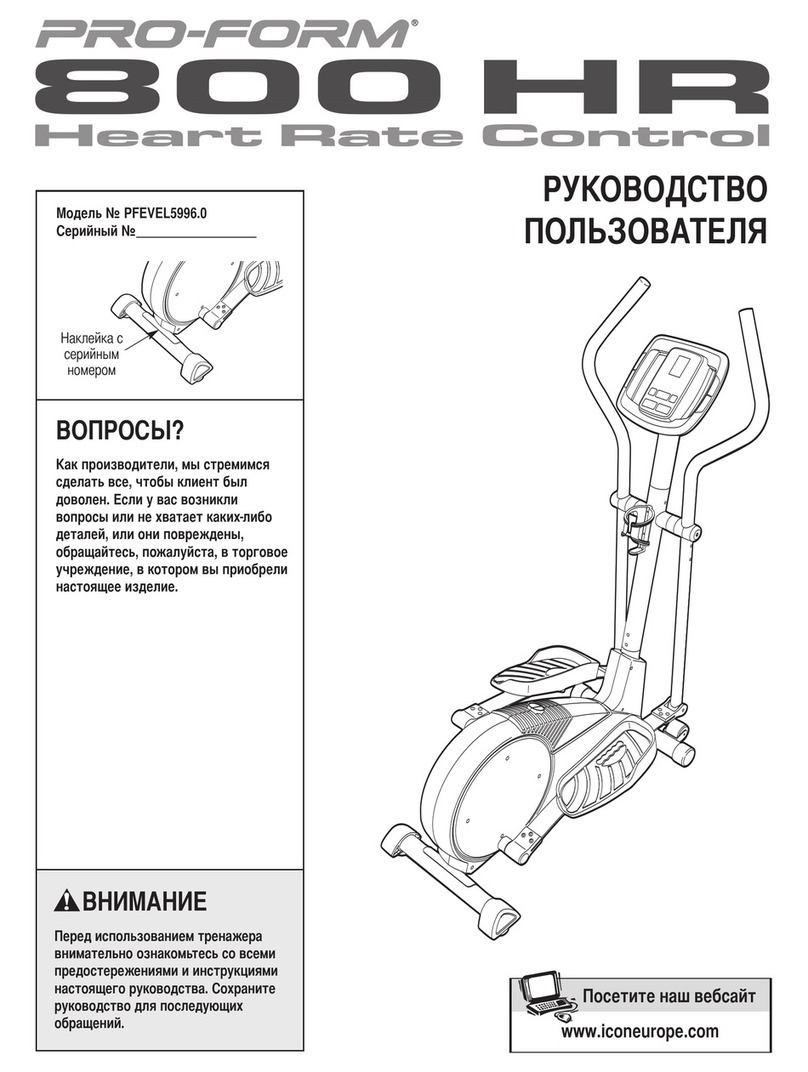
Pro-Form
Pro-Form 800 Hr Heart Rate Control Elliptical null

Weslo
Weslo Momentum 4.0 Elliptical Manuale d'istruzioni

Progear Fitness
Progear Fitness Air elliptical pro 1307 owner's manual
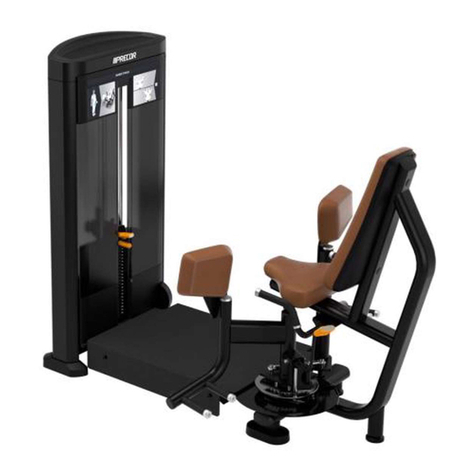
Precor
Precor Resolute RSL 620 Assembly guide

NordicTrack
NordicTrack E 9.2 Elliptical HASZNALATI UTASITAS

Vision Fitness
Vision Fitness X6600iNetTV Assembly guide

Matrix
Matrix MX-A5x owner's manual

SportsArt Fitness
SportsArt Fitness ECO-NATURAL Elite E874 owner's manual
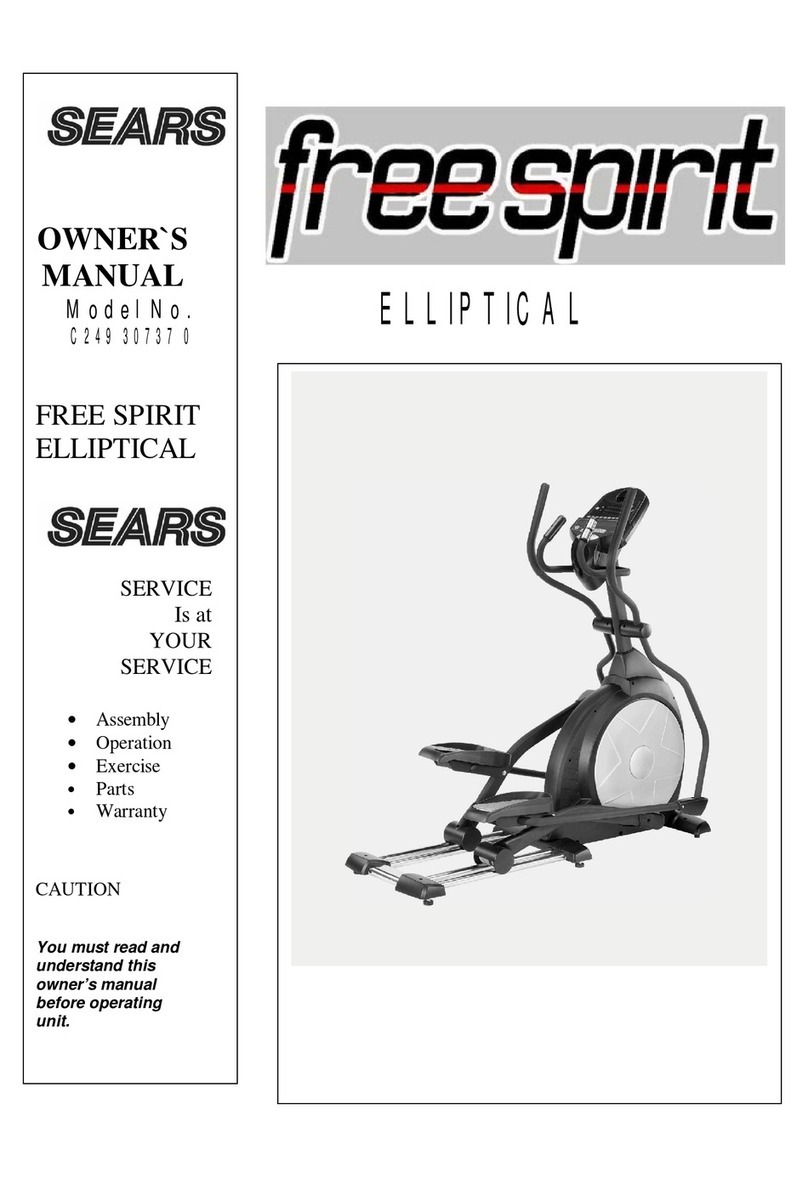
Sears
Sears FREE SPIRIT C249 30737 0 owner's manual
